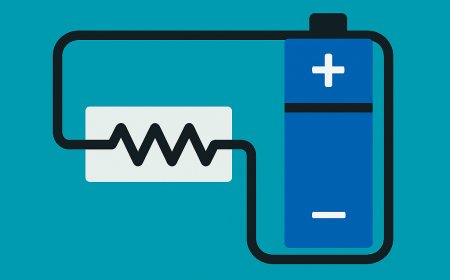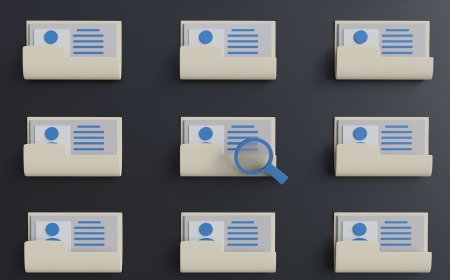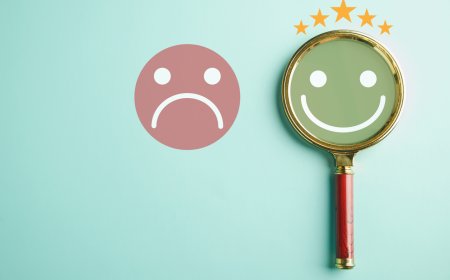How Circular Business Models Can Help Build a Sustainable Future
The transition from a linear to a circular economy can bring significant financial and environmental benefits. The study identifies eight sub-domains of research on circular business models and redefines the components of the business model canvas in the context of the circular economy.

As the world grapples with the challenges of climate change and environmental degradation, there is growing recognition of the need for more sustainable economic models. One promising approach is the circular economy - an economic system that aims to minimize waste and maximize resource efficiency by keeping materials in use for as long as possible.
A new study "Designing the Business Models for Circular Economy—Towards the Conceptual Framework by Mateusz Lewandowski" has highlighted the importance of designing circular business models to achieve a sustainable future. According to the study, transitioning from a linear model of economy to a circular one can bring significant financial and environmental benefits. In fact, switching to a circular economy could save hundreds of billions of dollars in the EU alone while also reducing negative impacts on the natural environment.
The study identifies four fundamental building blocks for transitioning to a circular economy - materials and product design, new business models, global reverse networks, and enabling conditions. However, existing business models for the circular economy have limited transferability and there is no comprehensive framework supporting every kind of company in designing a circular business model.
To address this gap in knowledge, researchers conducted an extensive literature review to identify and classify characteristics of the circular economy according to a business model structure. The investigation focused on eight sub-domains of research on circular business models and redefined components of the business model canvas in the context of the circular economy.
One key finding was that optimizing asset management through internal collection, reuse, refurbishing and resale of used products can be an effective strategy for reducing waste and promoting sustainability. This approach can help companies reduce their environmental footprint while also generating new revenue streams.
Other strategies identified in the study include producing on demand when demand is present and products were ordered as well as implementing good housekeeping practices, lean thinking, fit thinking. By adopting these strategies, companies can reduce waste, improve efficiency, and build a more sustainable future.
In conclusion, the study highlights the importance of designing circular business models to achieve a sustainable future. The transition from a linear to a circular economy can bring significant financial and environmental benefits. The study identifies eight sub-domains of research on circular business models and redefines the components of the business model canvas in the context of the circular economy. Companies looking to transition to a circular economy and design sustainable business models can benefit from this valuable resource.
For full study: Click Here
Disclaimer: The image(s) featured in this article are for illustrative purposes only and may not directly depict the specific concepts, situations, or individuals discussed in the content. Their purpose is to enhance the reader's understanding and visual experience. Please do not interpret the images as literal representations of the topics addressed.
What's Your Reaction?













































































































